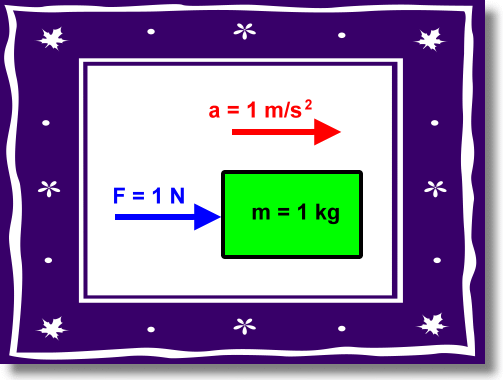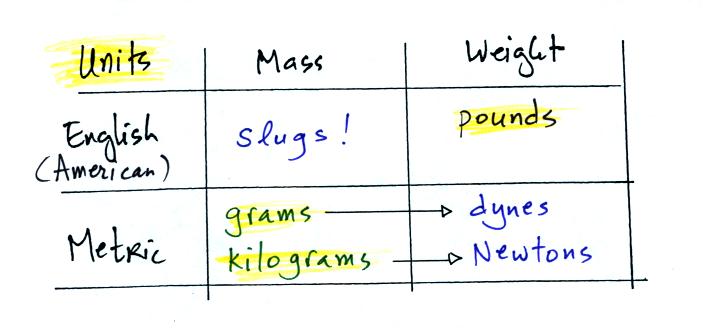

The velocity of an object moving in a straight line path is given as….The linear momentum p of a body varies with time and it is given by….The variation of speed (in m/s) of an object with time….The apparent frequency observed by a moving observer away from….The position x of a particle with respect to time t along….If we utilize the kilogram to Newton's formula, converting one unit to another becomes simple. The kilogram to Newton formula is used to convert mass or weight units of measurement. The above Kilograms to Newton formula is employed for conversion. We concluded from our explanation of the relationship between Kg and Newton that they are directly proportional. Thus, a kilogram of force equals 9.81 Newtons. As a result, we've come up with the following statement, The relationship between kg and Newton is directly proportional. The force experienced by a 1-kilogram mass when dropped from a height above ground level with an initial velocity of zero is,
#Newton unit weight unit free
The object will be subjected to a force when in free fall, which is known as the weight of the body and may be computed as follows:īy estimating how many kilograms are contained in one Newton, we can now construct a relationship between the two. Customary System, and kilograms in the SI System.When an object is dropped from a specific stature over the ground level, it encounters a power that is solely because of gravity. To avoid this problem, all equations used in this Web site require that mass be expressed in the unit of slugs in the U.S. When using SI units, it is necessary to use a different equation that does not contain the conversion factor. When using these equations, one must proceed with caution because they are only valid when using U.S. These equations include a term that converts mass from pounds into its proper unit of slugs. It is sometimes common practice for mathematical equations to be expressed in such a way that the variable for mass is entered in the unit of pounds. That is, m=W/g, where g is approximately equal to 32.174 ft/s 2. In the study of dynamics, where forces, masses, and accelerations are involved, it is important that we express the mass m in slugs of a body of which the weight W has been given in pounds. When used in this way, the weight is that of a mass when it is subjected to an acceleration of one g. Customary System, it is commonplace to express "mass" in pounds however, when doing so, it is necessary to recognize that we are actually expressing "weight", which is the measure of the gravitational force on a body. The unit of mass, called the slug, is a derived unit and is defined as the mass that receives an acceleration of 1 ft/s 2 when a force of 1 lb is applied to it. Customary System the base units are the units of length, force, and time, and are called respectively, the foot (ft), the pound (lb), and the second (s). The unit of force, called the Newton (N), is a derived unit and is defined as the force that gives an acceleration of 1 m/s 2 to a mass of 1 kg. In the SI System, the basic units are the units of length, mass, and time, and are called respectively, the meter (m), the kilogram (kg), and the second (s). Customary equivalent is also given in parentheses. Whenever a basic constant is given, its U.S. Because this Web site has a large international audience, all calculations and example problems make exclusive use of SI units, however the formulae provided will work in either system of units. The use of the SI System has slowly and steadily increased in the United States, particularly in the scientific community however, the general public still uses, almost exclusively, the U.S.

history, the Customary System (inherited from, but now different from, the British Imperial System) has been generally used.


The SI System, commonly identified with the metric system, is actually a more complete and coherent version of it. Customary System and the International System of Units (SI, after the initials Systeme International). Two systems of weights and measures coexist in the United States today: the U.S.


 0 kommentar(er)
0 kommentar(er)
